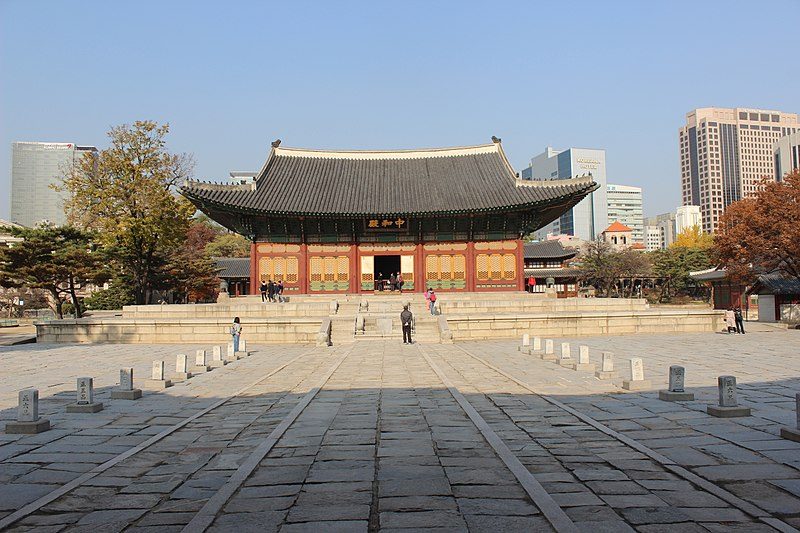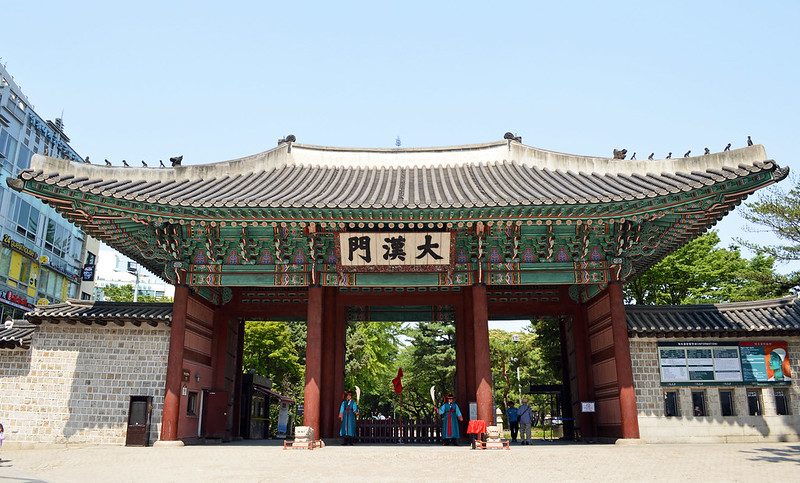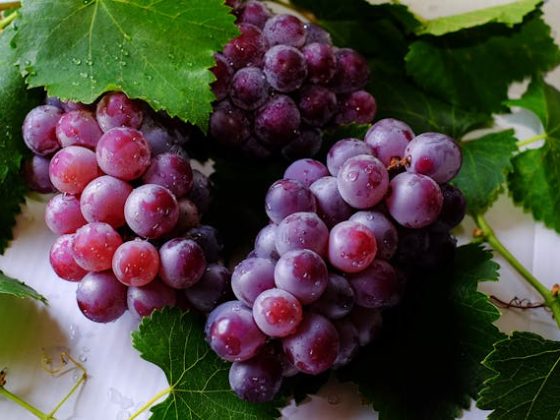Deoksugung Palace, nestled in the heart of Seoul, offers visitors a captivating journey through centuries of Korean history and culture. Let’s delve into the highlights of this historic landmark:
A Bit of History
Originally built during the Joseon Dynasty in the 15th century, Deoksugung Palace served as a royal residence and administrative centre for several Korean kings. Over the years, the palace underwent various expansions and renovations, reflecting the changing architectural styles and cultural influences of each era. Today, Deoksugung stands as a testament to Seoul’s rich heritage and remains a popular destination for locals and tourists staying at hotels near Dongdaemun the likes of Travelodge Dongdaemun Seoul.
Geumcheongyo Bridge
One of the most iconic features of Deoksugung Palace is the Geumcheongyo Bridge, a stone bridge that spans a tranquil pond within the palace grounds. Built during the Joseon Dynasty, this elegant bridge is adorned with ornate carvings and sculptures, symbolizing prosperity and longevity. Visitors can stroll across the bridge, admiring its intricate design and serene surroundings, while imagining the footsteps of past royalty who once walked these hallowed grounds.
Daehanmun Gate
As the main entrance to Deoksugung Palace, Daehanmun Gate welcomes visitors with its grandeur and historical significance. Originally constructed in the late 19th century, this imposing gate served as the ceremonial entrance for visiting dignitaries and foreign envoys during the Joseon Dynasty. Today, it stands as a symbol of Seoul’s enduring legacy and provides a captivating glimpse into Korea’s royal past.
Junghwajeon Hall

At the heart of Deoksugung Palace lies Junghwajeon Hall, the main throne hall where Korean monarchs conducted official ceremonies and state affairs. Surrounded by lush gardens and towering pine trees, Junghwajeon Hall exudes an aura of regal splendour and architectural beauty. Visitors can explore the ornate interiors of the hall, marvelling at its intricately painted ceilings, elaborate furnishings, and historical artefacts that offer insight into Korea’s royal court life.











